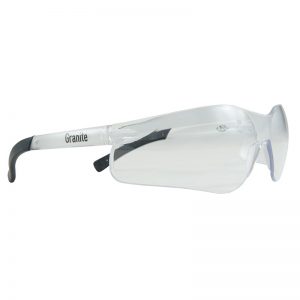Despite the recent increase in awareness and knowledge about the importance of Safety Workwear, yet, there still are many companies failing to realize the true need for such equipment in today's workplace.
Most of the time, employers will reject the idea of investing in high quality safety workwear for their employees, and will instead settle for cheaper options, not realizing that this might actually end up costing more on the long run, especially when it comes to law suits for not being able to prioritize workplace safety.
Safety workwear is important in the workplace as it protects users against any health and safety risks at work. Also called PPE (Personal Protective Equipment), such workwear and gear is designed to eliminate the likelihood of workplace injuries and hazards, as well as ensuring a safe and healthy working environment for all employees.
What is Safety Workwear?
Safety workwear refers to clothes and equipment that are specifically designed to help workers avoid hazard and injuries. These are commonly decided upon after a risk assessment has been conducted.
Common safety workwear can include helmets, safety shoes, safety glasses, and specialized work clothes, but it really depends on the type of work your company engages in and what activities require safeguarding.
Why is safety workwear in the workplace?
The importance of safety clothing cannot be stressed enough. With most industries these days having a strong focus on health and safety, being geared up for the job fulfils your duty as an employer and ensures your workforce stays protected and free from injury.
Usually the garments protect delicate areas, such as helmets for the head and sturdy boots for the feet. They also protect features such as sight and hearing, and also the mouth and nose to prevent inhalation of dangerous substances.
In which industries is safety workwear needed?
Safety workwear is important in several key industries and workplaces:
- Production facilities
- Construction
- Warehouses
- Laboratories
- Industrial
- Landscaping
- Security
- Catering
Any industry that carries a risk of loud noises, dust, gases, heavy objects, chemicals, hot surfaces or substances, biological agents, or falling debris, should be investing in safety garments.
What are the most important items of safety clothing?
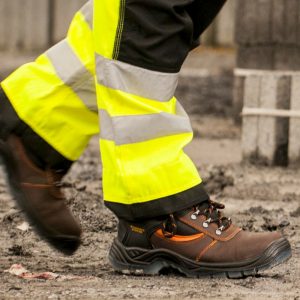
Safety Shoes – Crucial for preventing many foot-related injuries such as punctures, sprains, crushing, and falls, especially steel-capped versions. Safety shoes or boots give the foot an extra protective, sturdy layer.
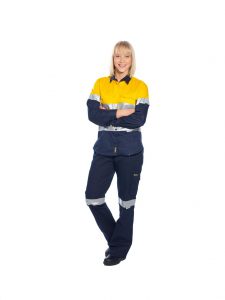
Safety workwear –
Workwear and protective clothing comes in all shapes, sizes, materials and weights to ensure the safety and protection of any person involved in dangerous tasks, and that he or she is adequately protected and able to apply the level of physicality required.
Many protective clothing manufacturers now supply materials that are lightweight, fully breathable, have high heat resistance and are high visibility too.
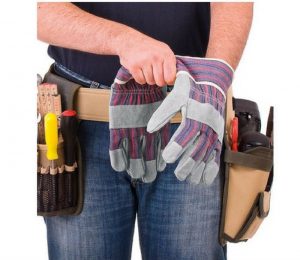
While protective clothing should also cover hands, there are detailed options to consider when supplying gloves to the workforce. Insulated gloves will protect the hands from extremely high temperatures of up to 500° C, but will they allow the individual to carry out the task easily?
As with other aspects of protection a risk assessment must be carried out to consider the risk; the choice of gloves will depend on the potential hazards involved and the level of resistance required, the grip and thickness necessary to operate machinery or conduct their task. For example, an abattoir will need chainmail gloves made from steel to protect the worker from the machinery associated with cutting animals, but as they are often working in cold environments, while they will provide 100% protection, the person will have such cold fingers they will not be able to operate the machinery properly.
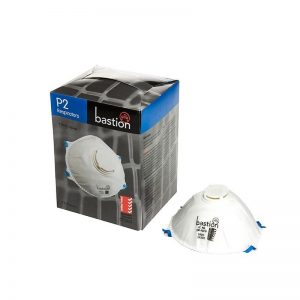
Some people might believe that RPE (Respiratory Protective Equipment) is simply a multi-purpose mask, but there is a range of different products designed for respiratory protection in various industries. These forms of RPE protect users from inhaling airborne contaminants that are generally unseen and therefore unnoticed.
The correct form of RPE depends on the hazards the user faces. The levels of protection can therefore vary greatly due to the necessary requirements of working in different environments. Whether it is working with dust, gas or chemicals it is vitally important that a risk assessment is conducted in order to identify the appropriate form of RPE needed. Also consider if there is anything you can do to improve the working environment; for example, extraction hoods to draw dust out of the atmosphere.
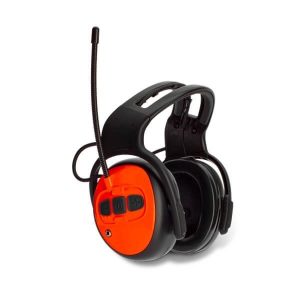
When working in an excessively noisy environment hearing protection is vitally important, whether it be when using power tools or machinery. Comfort is essential as the hearing protector will often need to be worn securely throughout the day without giving irritation. The danger of exposing the ears to damaging noise as a result of removing them due to discomfort can be avoided through the correct choice of hearing protection.
Deciding whether to wear small earplugs to block the ear canal, or large earmuffs to fit over the entire ear, will depend on the working environment and personal choice of the user. While the primary purpose of hearing protection is to block damaging noise, it is also important that the employee still has the ability to communicate for instructions and hear warning signals. The right level of noise reduction therefore needs to be considered as for most people, what you block out can be as important as what you need to hear.
Eye protection:
So many of us associate health and safety risks with physical accidents such as falling from height or injuries from lifting heavy objects. There are, however, many unusual hazards such as a chemical splash in the eye that can cause permanent blinding or significant, painful, temporary damage.
Eye protection is recommended to prevent dangerous particles and infectious fluids from entering the eye. In many instances, you will not be able to predict the direction of any potential chemical splash, and if this is the case, eye goggles may not be the answer. A full-face visor is often needed to ensure maximum protection from high-speed particles hitting the eye in dangerous working conditions. Maximum protection is very important. The wrong type of eye protection, say eyeglasses with no sides, is insufficient as it leaves the eye unprotected. With potentially thousands of people across the globe blinded each year from work-related eye injuries, don’t let your employees become another statistic.
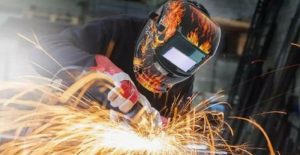
Helmets protect the delicate skull against falling debris and potential building collapse. Other headwear items can include beanies to keep the head warm, and hi-vis versions to boost visibility.
Resources:


